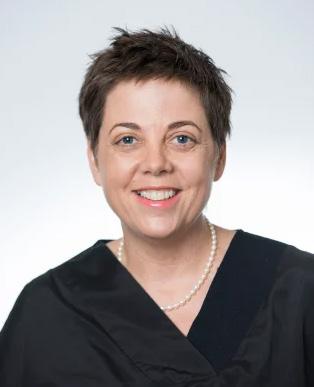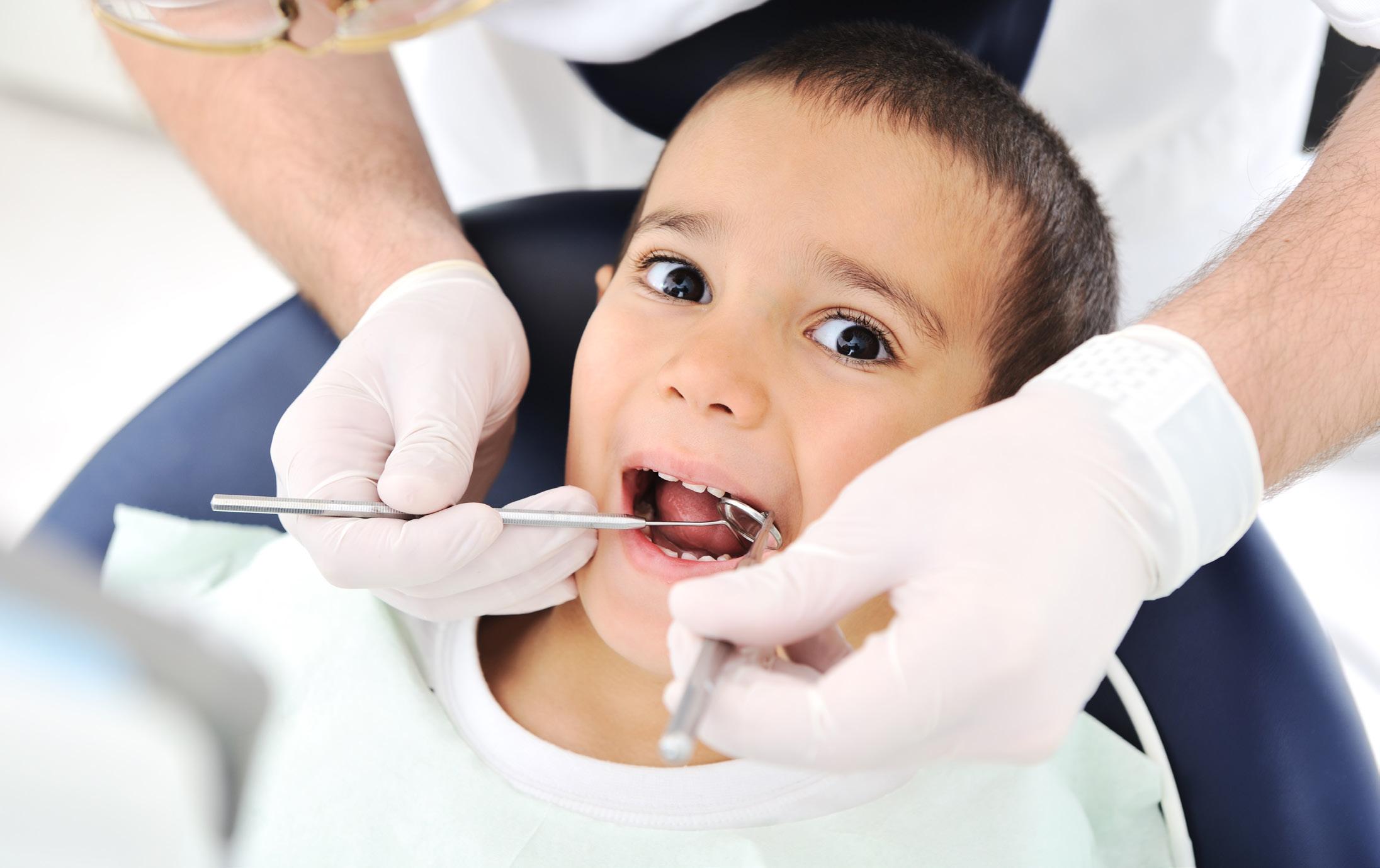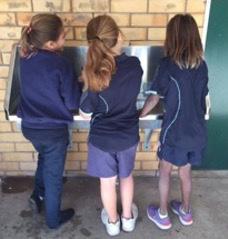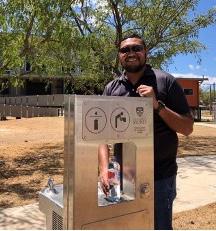
6 minute read
Co-design delivers better oral health outcomes for Aboriginal and Torres Strait Islander children in rural Australia
DR JOHN SKINNER Acting Research Director and Senior Research Fellow, The Poche Centre for Indigenous Health, The University of Sydney DR KYLIE GWYNNE Senior Lecturer, Health Leadership, Faculty of Medicine & Health Sciences, Macquarie University

Advertisement

Aboriginal and Torres Strait Islander children in rural Australia have up to five times the rate of tooth decay compared to other Australian children. This is a relatively recent problem related to colonisation and the change to a highly processed western diet. Mid-last century, Aboriginal and Torres Strait Islander children had far better oral health than other Australian children.
Tooth decay impacts on overall health as well as nutrition because it impacts on the ability to chew and swallow. It can also reduce selfesteem because of the impact on appearance and breath. Poor oral health contributes to chronic disease, yet it is both preventable and treatable. Improving oral health is critical to closing the gap in health outcomes for Aboriginal and Torres Strait Islanders. Tackling the gap in health outcomes between Aboriginal and Torres Strait Islander and non-Aboriginal and Torres Strait Islander people requires customised, community-led solutions.
Our research in three NSW rural communities demonstrates that co-design can significantly improve the oral health of Aboriginal primary school aged children. This research was initiated in 2013 and we used the collective impact codesign method from the outset. Before starting a collective impact process four pre-conditions must be met: 1. There are strong and influential local champions — This is important because change cannot be driven by outsiders, it must have advocates and leaders who want to support and lead the change locally. 2.The problem is highly complex and entrenched — Methods of co-design such as collective impact requires significant resources and are therefore best used for complex problems.
Simple problems should be fixed simply. 3. There is an understanding about why existing solutions are ineffective — Approaches developed through collective impact need to be built on new foundations that don’t share the barriers of past, ineffective approaches. 4.The parties to the project are willing and able to share resources and power — Co-design methods require resource and power sharing.
Collective impact requires that resources are pooled, their use is explicitly agreed and reported transparently to all parties to the project. >
These four criteria are designed to test whether this method is right for the community and problem. Collective impact has five stages intended to establish the goals and success measures jointly and to agree communication and resources allocation. It then moves through three phases: • Initiating outcomes — planning; • Organising for action — getting started; • Sustaining action and impact — maintaining effort and outcome. We have now moved through all stages and phases of collective impact and continue to sustain action and impact in oral health. Community leaders have shaped the delivery model so that evidence-based strategies could be implemented effectively.
In just three years we found a reduction in tooth decay, plaque scores and gingivitis among children. The average number of teeth with tooth decay per child in 2014 was 5.31 compared to 4.13 in 2018. Notably, the proportion of children with no tooth decay increased from 12.5% in 2014 to 20.3% in 2018. There was also a dramatic reduction in the proportion of children with severe gingivitis from 43% in 2014 to 3% in 2018.
We also saw an increase in positive oral hygiene behaviour including tooth brushing, consumption of drinking water and reduced consumption of sugar-sweetened beverages. In 2014, 3% of children reported brushing their teeth on the morning they took the survey. This increased to 36% in 2018.
The elements of co-design that could readily be incorporated into the design of healthcare services and health promotion programs intended for Aboriginal and Torres Strait Islander people include: 1. Improved cultural safety — Aboriginal and Torres
Strait Islander people feel safe and welcome; 2. Local employment — Aboriginal and Torres Strait
Islander people work in the service and lead local delivery; 3. Skills development — Aboriginal and Torres Strait
Islander people complete qualifications that are nationally recognised; 4. Long-term commitment — design and delivery of programs with sustainable funding. This co-designed oral health program is now in its seventh year and the program has achieved national accreditation.
In addition to local workforce development, we also sought to engage new graduates in rural health service delivery by offering a graduate internship program for dentists and oral heath therapists as part of this program. Through the co-design process the community said they wanted people to live and work in the area so that they could get to know and trust them. Called the Dalang Project, newly graduated oral health therapists lived and worked with local Aboriginal Community Controlled Health Services for one year. They were supervised by senior experienced clinicians and


local cultural leaders. Most Dalang Project graduate clinicians went on to work in rural Australia when they had completed their internship. This approach shows that it is possible to have a stable, safe and effective workforce in rural Australia if we support and supervise them effectively.
Another benefit of the co-designed oral health project was gaining an understanding of the importance of safe, yummy drinking water in remote communities. In late 2019 we completed a state-wide survey of small towns in NSW with a population of 5,000 or less and with an Aboriginal population of more than 3%. Surveys were conducted via telephone and email over a twomonth timeframe with the relevant Local Aboriginal Land Councils and local governments. We examined the availability of potable (refrigerated, filtered) water in homes, businesses, schools and the community. The survey also asked about the specific towns’ grocery or convenience stores and their types and prices of various available beverages particularly bottled water and sugar sweetened beverages.
There are seven communities without community water fountains in rural and remote areas of NSW. We will work with those communities to implement water fountains and increase water consumption in 2021. We are now completing a national survey with the assistance of the Australian Health and Hospitals Association, Australian Dental Association NSW Branch, Alliance for a Cavity Free Future ANZ Chapter, and the NSW Council on Social Service with a view to developing a national campaign to see this important issue addressed by government. Every child in Australia should have ready access to clean, cold, yummy water for free. This is such a simple public health initiative which will have wide ranging benefits in oral health as well as nutrition.
Co-design continues to shape both delivery and outcomes. Our research shows that sustainable, workable solutions exist within communities. Engaging communities to co-design and deliver oral health promotion reduced the burden of tooth decay of Aboriginal and Torres Strait Islander children. It may also hold the answer for closing the gap in other areas of healthcare. ha










